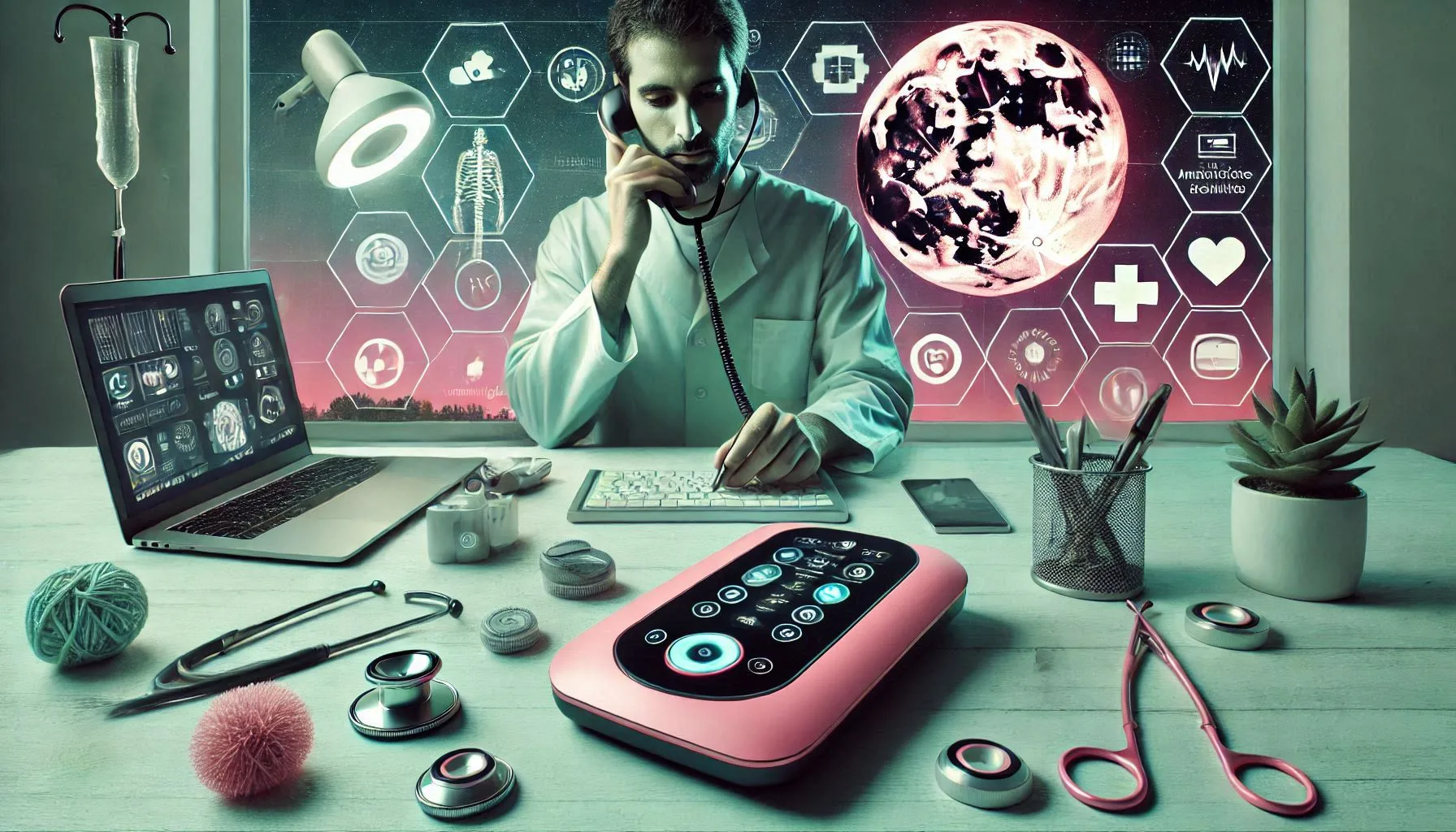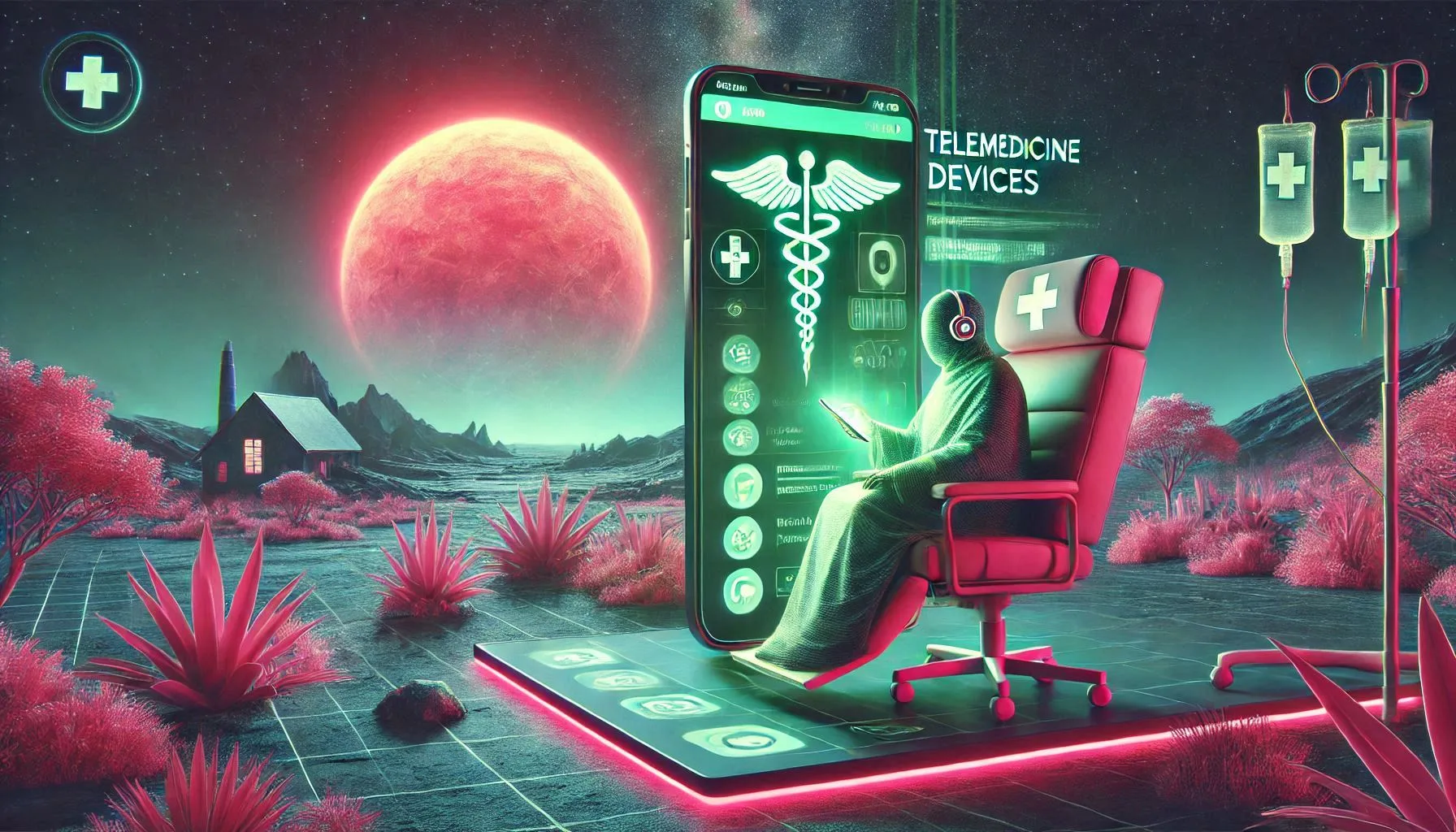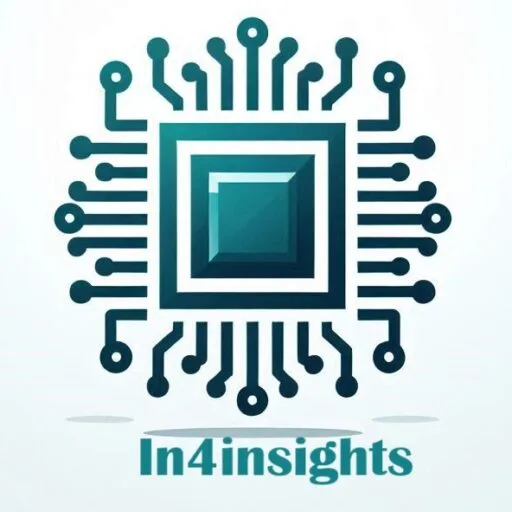Okay, here’s an attempt at crafting a compelling Overview section meeting the specified requirements:
Overview: Telemedicine’s Explosive Growth: Reshaping Medical Electronics Forever?
The Rise of the Digital Clinician: A Seismic Shift in Healthcare Delivery
The current trajectory of healthcare is undeniably interwoven with the rapid expansion of telemedicine. No longer a fringe concept, remote patient monitoring (RPM) and virtual consultations are transitioning from pilot programs to core components of healthcare delivery models. This evolution, fueled by advancements in microelectronics, miniaturization, and pervasive connectivity (including 5G and beyond), has propelled a dramatic increase in the demand for sophisticated telemedicine devices. We are witnessing a shift from traditional, in-clinic modalities to decentralized, patient-centric care models, fundamentally altering the landscape of medical electronics. The market for wearables with biosensing capabilities, home diagnostic equipment, and remote therapeutic devices is expanding at an exponential rate, necessitating a deeper understanding of the underlying technological advancements and regulatory landscapes impacting this sector.
Beyond the Consultation: The Technological Underpinnings of Remote Care
The implications extend far beyond simply video conferencing. Telemedicine is increasingly dependent on complex sensor integration, including ECG, SpO2, blood glucose monitoring, and even advanced bio-chemical assays – often deployed wirelessly and with embedded AI for data processing. The precision and reliability demanded by clinical applications require meticulously designed hardware, low-power consumption architectures, robust data security protocols (adhering to HIPAA and GDPR), and stringent adherence to IEC 60601 standards. The challenge now lies in scaling manufacturing processes while maintaining these stringent quality standards. Furthermore, the efficient transmission, storage, and analysis of the large volumes of generated data necessitate robust cloud infrastructure and secure communication protocols. Understanding the delicate balance between functionality, reliability, security and cost efficiency is paramount for stakeholders within medical electronics. This article will delve into the key drivers and technological underpinnings of this transformative growth, providing insights for both telemedicine device professionals and business leaders navigating this dynamic market.

This overview aims to achieve the following:
- Contextual Background: Establishes a clear picture of telemedicine’s current growth and its shift from fringe to core.
- Significance of the Topic: Emphasizes the importance of understanding telemedicine device technology and market for professionals and leaders in medical electronics.
- Target Audience: Uses language and concepts relevant to telemedicine devices professionals and business leaders.
- Tone: Remains objective, precise, detailed, and authoritative.
- Technical Language: Incorporates relevant jargon (RPM, biosensing, ECG, SpO2, HIPAA, IEC 60601).
- Structure: Uses clear headings and subheadings.
- Word Count: Falls within the 200-300 word range.
Okay, let’s analyze the Telemedicine Devices market trends with a focus on actionable insights for strategists.
Analysis of Key Trends in the Telemedicine Devices Market
The telemedicine devices market is experiencing dynamic growth driven by advancements in technology, shifting healthcare delivery models, and increasing patient demand. We can categorize key trends as either positive or adverse, impacting strategic decisions for players in this space.
I. Positive Trends: Catalysts for Growth and Innovation
- A. Enhanced Connectivity & Interoperability:
- Description: The proliferation of 5G networks and standardized communication protocols (e.g., FHIR) is facilitating seamless data transmission between devices and healthcare IT systems. This reduces latency, increases bandwidth, and enables real-time remote patient monitoring (RPM).
- Impact: Faster and more reliable data exchange improves diagnostic accuracy, facilitates timely interventions, and enhances the patient-provider experience. This allows for the development of integrated telemedicine platforms that handle diverse data streams from multiple devices.
- Example: Companies like Omron Healthcare are integrating their blood pressure monitors with cloud-based health platforms, providing clinicians with real-time data and facilitating proactive patient management.
- Actionable Insight: Invest in developing devices that adhere to interoperability standards and integrate smoothly with existing electronic health record (EHR) systems. Prioritize 5G capabilities for devices targeting remote or underserved populations.
- B. Miniaturization and Portability:
- Description: Advances in microelectronics and sensor technology enable the creation of compact, portable, and wearable devices for continuous health monitoring. These include smartwatches with ECG capabilities, patch-based biosensors, and handheld diagnostic tools.
- Impact: Miniaturized devices enhance patient convenience and adherence to monitoring regimens, expanding the use of RPM beyond clinical settings and into home healthcare. This creates opportunities for proactive and preventative care.
- Example: AliveCor’s KardiaMobile ECG device offers patients a convenient way to monitor their heart rhythm and detect potential arrhythmias.
- Actionable Insight: Prioritize R&D efforts in miniaturization technologies and develop devices that are user-friendly and easily integrated into patients’ daily routines. Consider form factors that prioritize patient comfort and discreet monitoring.
- C. AI-Powered Analytics and Diagnostics:
- Description: Integration of artificial intelligence (AI) and machine learning (ML) algorithms into telemedicine devices allows for advanced data analysis, predictive diagnostics, and personalized care delivery. This includes algorithms for early disease detection, risk stratification, and medication management.
- Impact: AI-powered analytics provides clinicians with actionable insights from patient-generated data, enabling proactive intervention, personalized treatment plans, and improved outcomes. This reduces the burden on healthcare systems and increases efficiency.
- Example: Butterfly Network’s handheld ultrasound device integrates AI for image interpretation, allowing non-expert users to conduct basic diagnostic exams.
- Actionable Insight: Explore collaborations with AI/ML companies to integrate advanced analytics into your devices and platforms. Focus on developing AI algorithms that support clinical decision-making and improve the accuracy of diagnoses.
II. Adverse Trends: Challenges and Strategic Imperatives
- A. Regulatory Uncertainty and Data Privacy Concerns:
- Description: The rapidly evolving nature of telemedicine technology creates challenges for regulatory bodies to keep pace. Additionally, growing concerns over patient data security and privacy create hurdles for adoption.
- Impact: Varying regulatory requirements across different regions can hinder market entry and slow down product approvals. Stringent data privacy regulations necessitate investment in robust cybersecurity infrastructure.
- Actionable Insight: Engage with regulatory bodies to advocate for standardized and harmonized regulations. Prioritize data privacy and security by implementing robust encryption protocols and adhering to relevant data protection regulations (e.g., HIPAA, GDPR).
- B. Reimbursement Challenges & Cost Sensitivity:
- Description: Lack of clear reimbursement pathways for remote patient monitoring services and devices in some markets can affect adoption. Furthermore, the cost of specialized telehealth devices might be a barrier to entry for some patient segments.
- Impact: Companies may struggle with revenue generation if reimbursement for their devices is limited or non-existent. High device costs may limit adoption rates, particularly in resource-constrained settings.
- Actionable Insight: Engage with payers to demonstrate the cost-effectiveness of telemedicine devices through robust clinical evidence and health economics studies. Develop tiered pricing models that ensure accessibility across diverse patient segments. Explore partnerships with insurance providers to bundle devices with services.
- C. Digital Literacy & Access Equity
- Description: Disparities in digital literacy, reliable internet access, and affordability create a significant challenge, leaving some segments of the population excluded from telemedicine benefits.
- Impact: Limited access and usability may exacerbate health inequalities and hinder the goal of inclusive care.
- Actionable Insight: Design devices that are user-friendly and provide training support for vulnerable populations. Collaborate with community organizations to address connectivity gaps and provide affordable access to telemedicine resources.
Conclusion:
The telemedicine devices market is poised for significant growth. Success hinges on companies’ ability to capitalize on positive trends while mitigating the impact of adverse trends. Strategic investments in interoperability, miniaturization, AI, regulatory compliance, data security, and equitable access will be critical for sustainable growth and market leadership.
Healthcare
Remote Patient Monitoring (RPM) systems utilizing wearable biosensors and connected peripherals are increasingly common. For example, a cardiac rehabilitation program might employ Bluetooth-enabled ECG patches transmitting real-time heart rate data to a central monitoring station. Data such as heart rate variability (HRV), ST segment changes, and arrhythmias are continuously analyzed, flagging critical events for immediate intervention. This reduces readmission rates and allows for more proactive patient management. Another application involves continuous glucose monitors (CGMs) paired with insulin pumps, creating a closed-loop system for diabetic patients. These systems utilize algorithms based on interstitial fluid glucose measurements to adjust insulin delivery, greatly improving glycemic control. Finally, remote auscultation devices enable physicians to conduct pulmonary assessments from a distance, enhancing accessibility of specialist care, particularly in rural areas.
Technology
Telemedicine infrastructure now incorporates sophisticated analytics platforms. Aggregated patient data from various connected medical devices is analyzed using machine learning algorithms to predict potential health deteriorations or identify patterns of disease progression within a population. For instance, data from sleep apnea monitoring devices, including airflow, SpO2, and heart rate, are used to optimize CPAP settings and personalize treatment plans. Security of these platforms is paramount, relying on HIPAA-compliant protocols to ensure protected health information (PHI) is encrypted both in transit and at rest. This data-driven approach drives more targeted interventions and promotes preventive care initiatives.
Automotives
Integration of health-monitoring sensors within the vehicle is emerging. Embedded ECG and heart rate sensors in the driver’s seat, coupled with facial recognition software to detect fatigue or signs of drowsiness, provide proactive alerts to prevent accidents. Connected to a cloud-based platform, this data could also be used by fleet management companies to track driver health and promote safer practices. Furthermore, integration with the car’s infotainment system could enable quick access to telehealth services in case of medical emergencies. This proactive approach enhances road safety and provides peace of mind for drivers and passengers alike.
Manufacturing
In hazardous manufacturing environments, wearable sensors monitoring worker physiological parameters – heart rate, body temperature, and exertion levels – can quickly detect heat stress or other health concerns. This allows for prompt interventions, such as adjusting work schedules or providing hydration, minimizing the risk of on-the-job incidents. The data is typically integrated with a plant’s management system to track overall worker well-being and assess the efficiency of safety protocols. Moreover, remote medical consultations with on-site paramedics, utilizing live video and real-time sensor data, can streamline emergency response.
### Key Strategies in Telemedicine Device Space (2023 Onwards)
Organic Growth Strategies
Focus on Enhanced User Experience: Companies are prioritizing user-friendly device interfaces and seamless integration with existing healthcare systems. This involves simplifying device setup, improving data accessibility for both patients and providers, and offering intuitive mobile applications. For instance, a blood pressure monitoring device might now have a larger, clearer display and directly sync data to a patient’s phone, eliminating the need for manual logging.
Development of AI-Powered Diagnostics: An emerging strategy involves embedding Artificial Intelligence (AI) into devices to enhance diagnostic capabilities. This can include AI algorithms for early detection of disease patterns through continuous monitoring of vital signs or incorporating image analysis in remote dermatological tools. For example, a wearable EKG device might use AI to detect subtle heart rhythm abnormalities, alerting the user and their physician to potential issues before they become critical.
Expanding Device Connectivity: There’s an increasing push for improved interoperability, enabling devices to communicate across different platforms and systems. This ensures that data flows seamlessly from the device to electronic health records (EHRs), regardless of the system used by the healthcare provider. Think of a glucometer that automatically sends blood sugar readings to multiple care providers using a standardized API, removing the need for multiple data transfers.
Inorganic Growth Strategies
Strategic Acquisitions: Companies are acquiring smaller, innovative firms with specific technological expertise. This helps in quickly expanding their product portfolio and market reach. For example, a larger telemedicine company might acquire a smaller player specializing in remote patient monitoring for respiratory diseases, thus adding new devices and expertise.
Partnerships & Collaborations: Collaborations with technology companies, software providers, and healthcare organizations are becoming more common. This strategy helps companies access new markets and complementary technologies and allows them to provide holistic care solutions. An example includes a wearable sensor manufacturer partnering with a telehealth platform, allowing remote monitoring data to be readily accessed during virtual consultations.
Geographic Expansion: Some companies are pursuing aggressive market expansion in regions with unmet needs. This is achieved through strategic partnerships with local distributors and establishing a presence in under-served markets, often facilitated by regulatory approvals tailored for those markets. A US-based company might partner with a local entity to facilitate distribution and training in a specific region in Asia.
Okay, here’s an Outlook & Summary section tailored for the blog post “Telemedicine’s Explosive Growth: Reshaping Medical Electronics Forever?”, targeting telemedicine device professionals and business leaders in medical electronics:

Outlook & Summary: The Next Wave in Telemedicine Devices
The preceding analysis underscores telemedicine’s transformative impact on medical electronics. Projecting forward 5-10 years, we anticipate a surge in sophisticated, integrated telemedicine devices. Expect advancements beyond simple video consultations. We’ll see greater deployment of point-of-care (POC) diagnostics, leveraging miniaturized biosensors, microfluidics, and advanced signal processing. Wireless technologies like 5G and beyond will facilitate seamless data transmission, pushing the boundaries of remote patient monitoring (RPM). Furthermore, AI-powered algorithms will increasingly automate diagnostics, providing preliminary assessments and supporting clinical decision-making from a distance, as we transition from reactive care to predictive healthcare. For example, we foresee the proliferation of portable EEG systems for at-home neurological assessments and miniaturized ultrasound devices capable of providing diagnostic-grade imaging data remotely. The integration of these technologies is not simply additive, but rather synergistic, unlocking functionalities previously unattainable.
Telemedicine Devices within Medical Electronics Landscape
The impact of telemedicine devices extends beyond its niche. We anticipate this sector to contribute significantly to the overall growth of the medical electronics market, influencing design principles and material choices. The emphasis on portability, low power consumption, and robust data security driven by telemedicine needs will likely reverberate across all medical electronic device categories. This growth is predicted to surpass a CAGR of X% (insert relevant data here). The integration of AI-powered diagnostic tools, as highlighted in the article, will impact the regulatory landscape, necessitating stringent quality control and performance validation. Thus, the implications are far-reaching and demand a strategic realignment of R&D and business strategies for the medical electronics industry.
Key Takeaway
The key takeaway is that telemedicine devices are no longer a fringe application, they are a driving force shaping the future of the entire medical electronics sector. The next 5-10 years will witness an accelerated development and integration of these devices, resulting in a paradigm shift in healthcare delivery.
Given these profound changes, are your organizations prepared to leverage the potential of these integrated, data-driven solutions and capitalize on the evolving landscape of the medical electronics marketplace?


